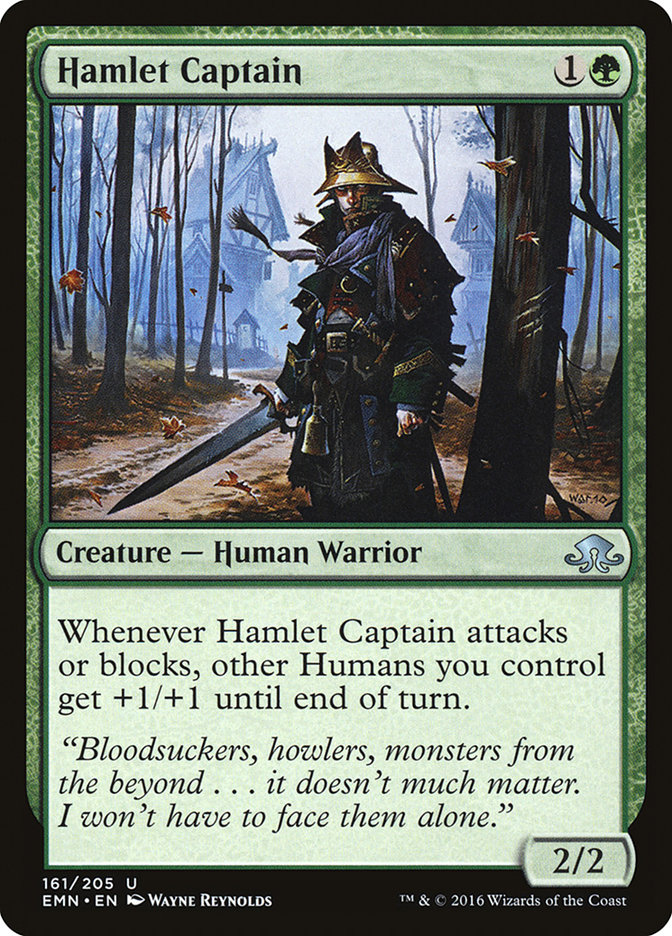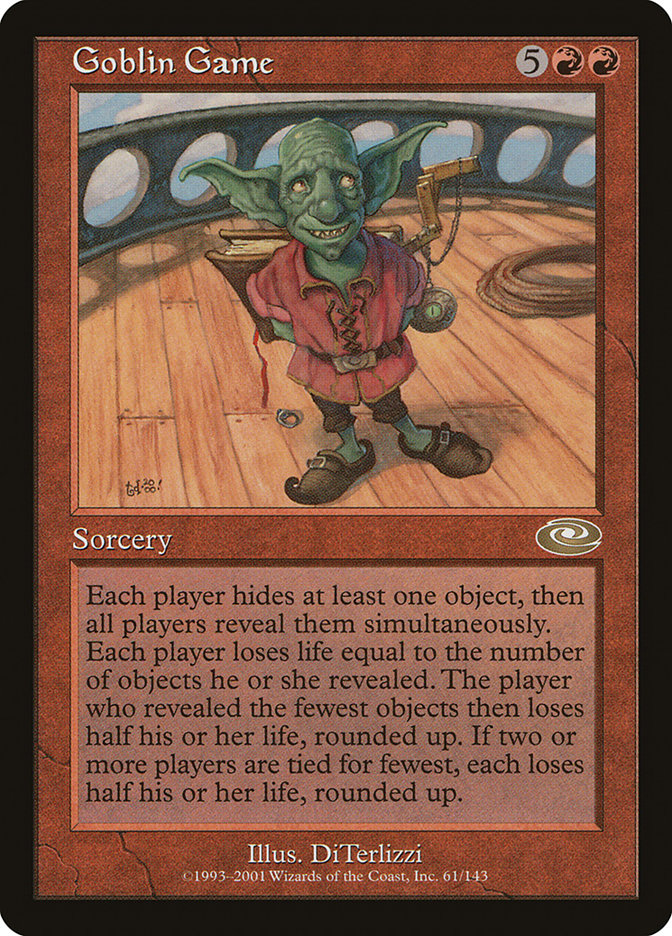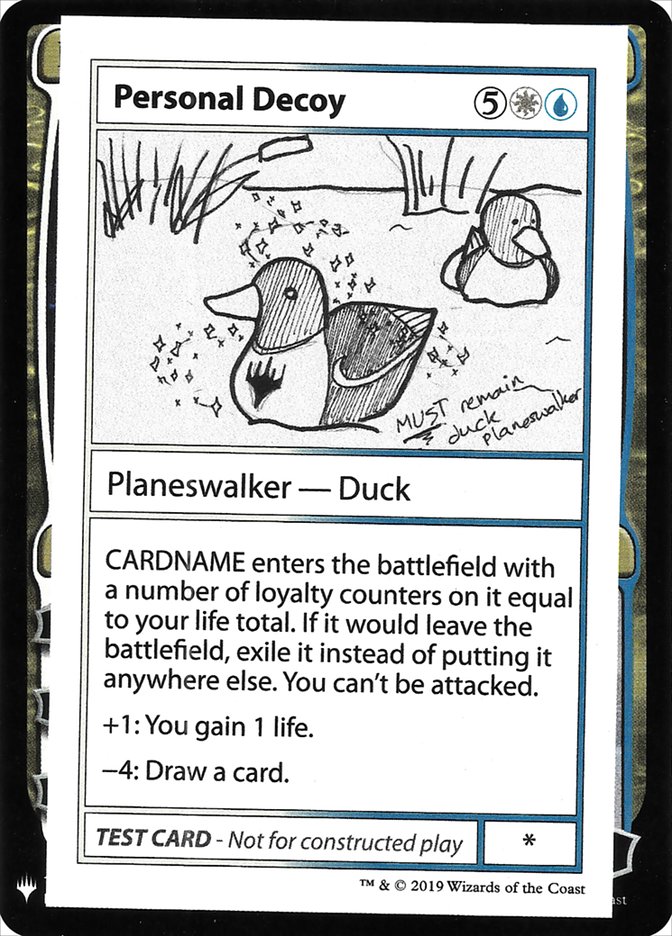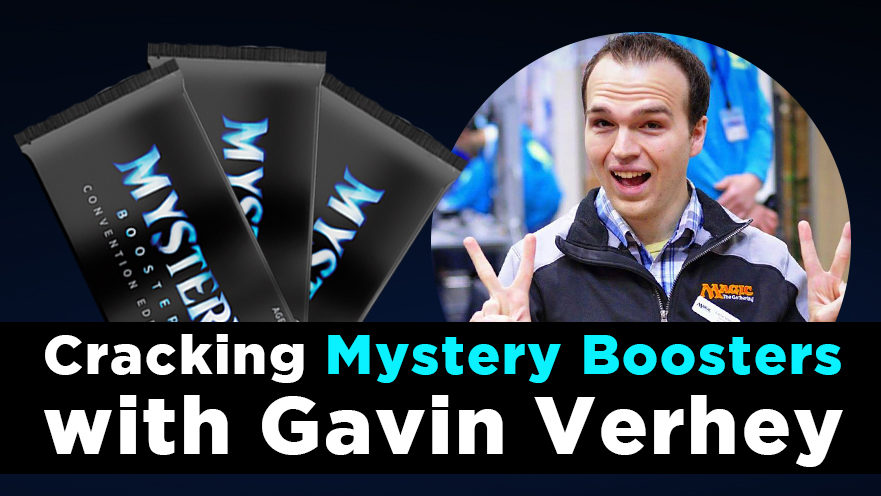Drafting a new Magic set is an opportunity to explore the unknown. Chaos Draft offers an even more refreshing mish-mash of cards and mechanics between packs. Mystery Booster takes it to an even more exciting level by offering a mix of themes within the same pack!
While Mystery Booster was fully unveiled at MagicFest Richmond, there’s still a deeper mystery not yet solved. What did it take to create a set with over a thousand cards in it? To get to the bottom of this, I reached out to Mystery Booster’s very own mastermind, Gavin Verhey!
In this interview, Gavin shares how Mystery Booster came to be and what it took to make it possible!
What’s your role working on Magic and the Mystery Booster product?
Hey everybody! I’m Gavin Verhey, Senior Game Designer and Product Architect here at Wizards of the Coast. I mostly focus on Commander and other social play formats… and also a lot of the “unusual projects” we try and make.
So, with Mystery Booster, this project was mine! My pitch was Chaos Draft… with a bit of Future Sight.
I was the Product Architect on it – meaning that I worked on all aspects of the project from start to finish. I also managed the Playtest Card set and designed the majority of those cards. The card set was done mostly by Mark Globus, but I came in to make a few tweaks toward the end. (And also chose the cards for the foil sheet in the retail version, coming next March!)
1,815 unique cards in either version of Mystery Booster! How did the size of the card pool impact the Limited environment?
It impacted it a lot! This was the largest set we had ever made, by leaps and bounds. It’s truly gigantic. (To the point where I kept writing, “No, that’s not a typo” in emails when I would write about the set size.)
We started by taking a look at how we normally design Magic sets: curve considerations, the kind of staple effects we look to include, and so on. Then, we multiplied that out by the set size! This gave us a set skeleton to work with. Of course, it wasn’t perfect… but it was a great starting point for filling in the blanks, and then we could tweak as needed.
What was the development process for the Playtest Cards like? How did it differ from normal development?
Normally, we put our cards through a ton of rigor: Constructed playtesting, careful analysis, and so on. Even Un-sets like Unstable get some of this treatment.
With the Playtest Cards, we didn’t try them in any Constructed format since they quite clearly say they aren’t legal for them on the card. Of course, people will build fun decks to play with them and some will shake out more popular than others. But when I was making them, what I was really going for was something that felt like a Time Spiral/Future Sight-style situation, with all kinds of nods to our past, present, and future… while making charming cards to boot.
I will say that the formats I most had in mind when making these cards were Cube and Commander. I figured these are the places they would be most likely to show up, especially Cube. So, when figuring out effects and rates, there are quite a few that will interest Cube owners. I am excited to see which ones tend to make the cut!
Double-faced cards are tough, logistically, to include in products like Mystery Booster. Were there other mechanics that proved to be an issue for reprinting, perhaps even for gameplay reasons?
You’re absolutely right that there were a few limitations. We had to do a lot of logistical things to print this many cards in the set! You see them exactly as they were originally printed, but with the Planeswalker symbol in the corner. This meant no new artwork, re-templating, or anything else.
Most specific mechanics were fine, though double-faced cards were off the table because they need a whole sheet. However, because we were picking up files of old cards and using their exact copies, it meant… we needed to actually have those old files! There were a variety of old cards, especially going back to Mirage-era cards, that we were just missing. I’m glad we could include a few, though.
We also tried to stay away from too many things that checked certain creature types, because so many of them have changed! (Though you do still have some of it running around with cards like Hamlet Captain.)

In the store version of Mystery Booster packs, there is a foil slot containing cards not found in the non-foil slots. How did you decide on the cards for those slots?
Great question! There were a couple things that went into this.
To first set it up, the way the set is built, every slot in the packs has its own card sheet – so we get super consistent color balance that way. Every pack drops:
- Two commons or uncommons of each color
- An artifact/land common or uncommon
- A multicolored common or uncommon
- A rare/Mythic from M15 or later
- A card from before M15 (including many rares!)
- A Playtest Card (if Convention) or a foil (if retail)
So now, with that context laid out…
First of all, the rest of the set was designed before the foil sheet. So, things that were wanted to make the set play well – ensure color balance, curves, and so on – were given priority in the rest of the set.
However, because of that, the foil sheet (much like the rare sheet and the pre-M15 sheet) doesn’t have to limit itself to color balance, and can, instead, be a compilation of cool cards. Some factors that were put into it were:
- Would this card be popular in foil? (There are a number of cards that are Commander popular, for example, and Commander players love foils.)
- Is this card charming in some way?
- The Playtest Cards add a certain amount of, “What in the world is this?!?” to the set. I wanted to put some of that in here with the foil sheet, so there are a few wacky cards on the sheet as well. (Start taking your guesses now!)
While not every card will be hotly sought after, many of the cards will get people excited. I’ll also note that a lot of cards on the foil sheet are rares, so in many packs you’ll actually end up with three rares: a M15 or later rare, an old card frame rare, and a foil sheet rare! Pretty exciting stuff.
How does the Limited experience differ when you play with the Convention Edition of Mystery Booster versus the store version?
It was really important to me that the core experience was very similar: 14 slots in the pack are the same, after all! But that last slot just adds a little bit of difference. So you can go draft it in stores, and go draft it in conventions, and you’ll just have a little bit of extra chaos and freshness.
One of Mystery Booster’s defining qualities is that you can draft it many times and still see new cards! You can, theoretically, draft four times and never see the same card between any of the drafts… and having a little bit of a difference between versions just adds to that.
Compared to other Magic booster products, what was the most unique challenge to creating Mystery Booster?
Anytime you do something new and unusual, there is a ton of work that goes into it. So, for me, Mystery Booster was a total passion project: The Little Set That Could.
Although it’s not as glamorous to talk about, a lot of the challenges were on the side of logistics. How do we print all these cards? How do we get the art for these Playtest Cards? How do we print this product? These were all big questions. And then there was selling it internally – admittedly, it was a wild product idea, so it took a lot of discussions to get everybody on board. But in this case, seeing is believing – and seeing the set list plus the Playtest Cards come together really went a long way here.
Any fun stories you can share from development?
There are so many! Wow. When you have a set of this size, there are plenty of great stories.
There are three stories that I especially love: two about the Playtest Cards and one about the reprint card set.
First is the Playtest Card Xyru Specter.

When I was working with Richard Garfield on Dominaria, he sent all his designs to me and then I was in charge of talking with Rosewater about them and putting them into the file. One of the most endearing things about this is that all the cards were written like old-school Magic cards because that’s the templating Richard was familiar with.
There were plenty of cards we ultimately didn’t end up using… but I kept all the files. So, when working on this set, I looked through and put in Xyru Specter – exactly as Richard submitted it to me – as a fun nod to him. So, there’s a Richard Garfield card design in the set!
Second were the “Great Designer Search 3” cards .
For “The Great Designer Search 3,” we had eight candidates. We hired two of them. However, six of these great designers were not brought on board – despite all their hard work.
However, we were officially allowed to see and talk about their outside designs… Not something normally true of people who don’t work at Wizards! So, I took this rare opportunity to put a card from each of their submissions into the set.
And that’s how we got Bombardment, Bucket List, Pick Your Poison, Graveyard Dig, Wizened Arbiter, and Zyym, Mesmeric Lord.
Finally, for the main set story, I was looking for a couple goofy rares to put on the reprint sheet that would make people think, “What in the world… This is a card?” and remembered the classic card Goblin Game.
I can’t believe that I got this card printed in the year 2019, but here we are. One of my favorite Mystery Booster memories so far has been seeing someone open it and think it was a new card we made for this product: “There’s no way it could be real!” Well… it somehow is!

What’s your favorite two-or-more-card synergy/combo in Mystery Booster?
There are so many fun micro-synergies built across the set. Finding them is part of the fun.
While it’s a little more than a micro-synergy, I think my favorite so far is someone took Kiki-Jiki, Mirror Breaker, pick one, pack one, hoping they could find a combo with it. And in pack three… they found Felidar Guardian to draft the infinite combo!
I believe they lost in round one of their draft, but it was still a sweet moment.
We know the silver-bordered multiverse is separate from the black-bordered one. Since the Playtest Cards are black-bordered (including Personal Decoy), does that mean it’s possible to see them again elsewhere in the black-bordered multiverse?
I wouldn’t treat these as real, black-bordered cards. But it’s also us trying out a bunch of things and getting feedback. So…wait and see.

Has some kind of Rotisserie Draft for Mystery Booster happened yet?
If you hear of one, let me know! That sounds like a wild experience… Rotisserie Draft Commander, anyone?
While not quite a Rotisserie Draft, something we’ve talked about doing in the office is opening a box and building a Commander deck entirely out of the box. There’re enough legends in the set that this should normally work! When it comes out, I’d definitely give it a try.
Are convention-exclusive experiences – like blind prereleases and Playtest Cards – something that Wizards might consider doing more of in the future?
These were both huge tests for us! We love trying and learning and seeing what works. So far, the reception to everything seems pretty positive. I know I’d love to do more! Let’s see how it plays out… And let me know if this is something you want more of!
Thanks for taking the time to talk Mystery Booster. Like other folks, I can’t wait to play with these packs! What would you like to say for folks who haven’t yet gotten their hands on Mystery Booster?
This set is really a labor of love, getting one of my favorite ways to play Magic distilled into booster pack form. It’s full of all kinds of great reprints – and the Draft format is a blast. So many people after playing it have come up to me and told me it’s already one of their favorite Draft formats of all time!
I can’t wait for you to all try it. Go seek it out at a MagicFest near you, or prepare for the retail version when it hits on March 13th!
And as always, if you have any questions, feel free to hit me up on Twitter @GavinVerhey. Talk with you soon!

Bradley is a co-host of a weekly Magic: The Gathering design podcast, Beacon of Creation. He was among the Top 101 contestants in Wizards of the Coast’s Great Designer Search 2. He enjoys crafting custom Magic product experiences, like Archfrenemies, and building Commander decks with creative constraints.

